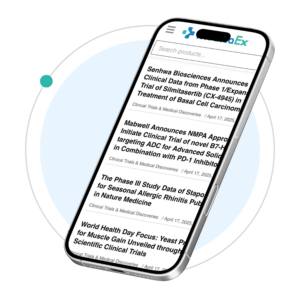Table of Contents
Gaining market access is one of the most essential elements of a successful strategy to promote a new drug or medical device. This article, supported by consulting firm Digital Health Outcomes, explains why a market access strategy is important and which economic models best support it.
The importance of a sound market access strategy in healthcare
Over the past 10 years, healthcare systems in all developed countries have felt increasing financial pressures on their budgets. There is also a trend toward greater transparency in the relationship between healthcare consumers and the companies that provide them. In connection with this, as well as with the growth of competition among medicines and medical equipment manufacturers, the responsible authorities are gradually strengthening control measures for their evaluation and licensing.
Therefore, developing a sound strategy for gaining access to the market is now an important element in creating a product. A well-planned strategy avoids:
- errors in target audience selection and novelty positioning;
- gaps in evidence on the efficacy and safety of the product;
- errors in research design and associated additional costs;
- lower profit margins.
Today, the importance of developing a strategy for gaining market access is so high that major companies producing new drugs or equipment maintain formal departments that engage in strategic planning. It is also common practice to enlist the help of consulting companies specializing in healthcare software products.
When to define a market access strategy
To successfully implement a market access strategy for new drugs and medical technologies, it is important to identify its key points at the earliest stages of product development (Phase I-II).
This allows you to optimize market opportunities for the new product:
- consideration of the market and clinical development needs in a particular country or region;
- adapting the design of clinical trials and other studies to the effectiveness criteria from the perspective of government agencies, taxpayers, physicians and patients;
- planning for an early launch;
- availability of a reliable evidence base for economic and clinical efficacy and safety of the product.
An important part of the overall strategy to bring a new product to market is the economic modeling of healthcare.
Types of economic models for market access
Economic modeling is a digital tool that compares the costs and benefits of new and existing drugs or technologies and generates product value. Such models are used as an evidence base in the decision-making process, both at the enterprise and state levels, in the process of gaining market access.
Typically, economic modeling for bringing a new drug to market is conducted in several stages. In the early stages of development, economic models allow companies to identify key value drivers for the drugs or equipment being developed. Toward the end of development, these same models can be updated with trial data to produce new, more comprehensive models.
Professionals use different types of economic models to analyze cost-effectiveness:
- decision tree;
- markov model;
- split survival model;
- discrete event modeling;
- modeling an individual patient without interaction;
- simulation of an individual patient with interaction, etc.
One or more models may be used to access the lid. Typically, it depends on several factors:
- the complexity of accounting for the impact of the intervention;
- availability of data;
- the requirements of the decision maker.
Models that evaluate the novelty in terms of investment and efficiency (cost-benefit analysis, cost and impact analysis, etc.) are essential for gaining market access. Equally valuable for negotiating with decision-makers are budget impact models.
Digital solutions for healthcare economic modeling
Today’s technology allows for the development of interactive healthcare models on current platforms available on a PC or any mobile device. This allows the same model to be used at all stages of product development. Their advantages also include:
- ease of use and communication;
- ability to generate PDF report (leave- piece);
- scientific approach to the development of digital models using the world’s best practices;
- user management and administration;
- analytics of the tool usage;
- content editing.
This tool is necessary for company executives to make internal decisions and negotiate with
stakeholders.







